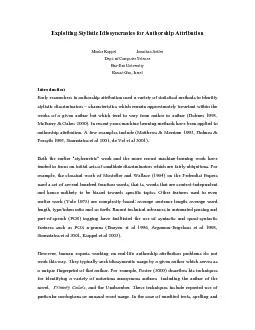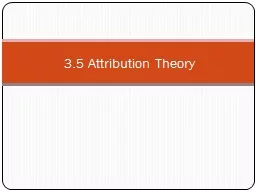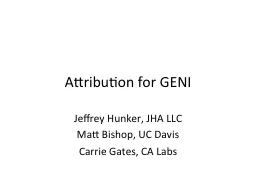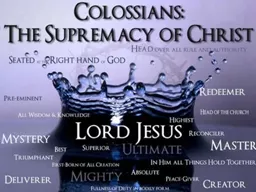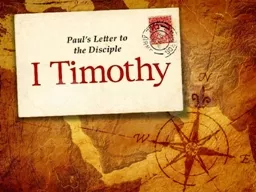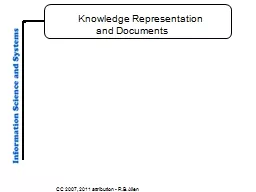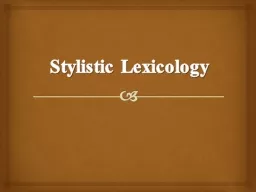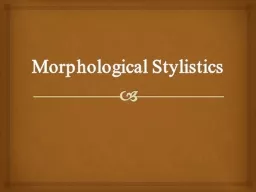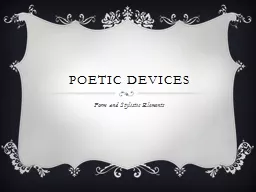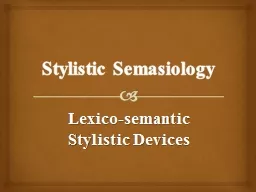PDF-Exploiting Stylistic Idiosyncrasies for Authorship Attribution ...
Author : pamella-moone | Published Date : 2015-08-10
Moshe Koppel Jonathan Schler Dept of Computer Science BarIlan University RamatGan Israel Introduction stylistic discriminators 150 characteristics which remain approximately
Presentation Embed Code
Download Presentation
Download Presentation The PPT/PDF document "Exploiting Stylistic Idiosyncrasies for ..." is the property of its rightful owner. Permission is granted to download and print the materials on this website for personal, non-commercial use only, and to display it on your personal computer provided you do not modify the materials and that you retain all copyright notices contained in the materials. By downloading content from our website, you accept the terms of this agreement.
Exploiting Stylistic Idiosyncrasies for Authorship Attribution ...: Transcript
Download Rules Of Document
"Exploiting Stylistic Idiosyncrasies for Authorship Attribution
..."The content belongs to its owner. You may download and print it for personal use, without modification, and keep all copyright notices. By downloading, you agree to these terms.
Related Documents

